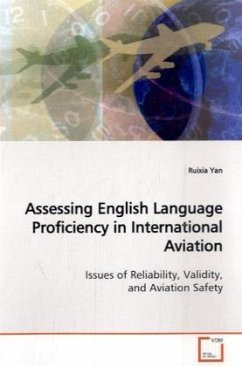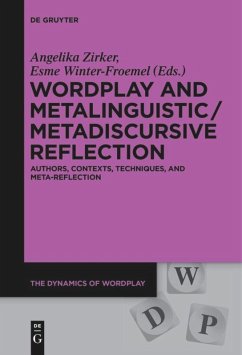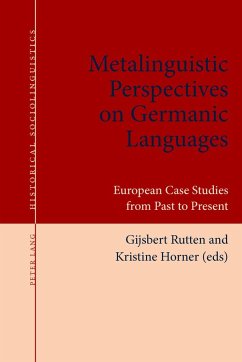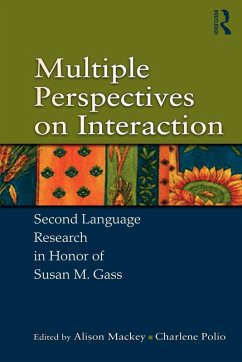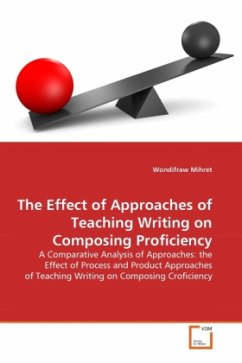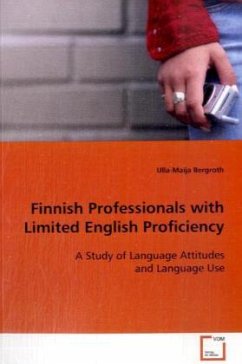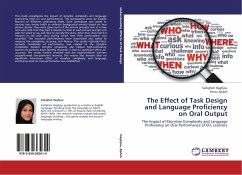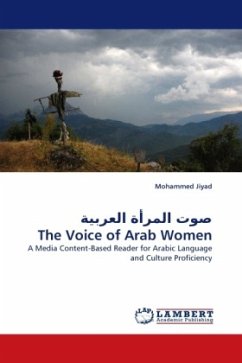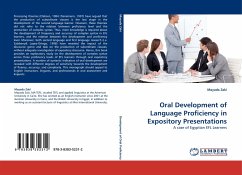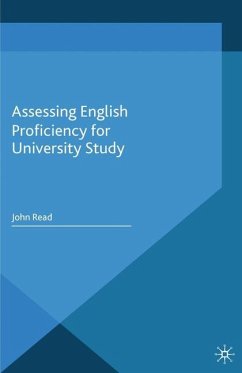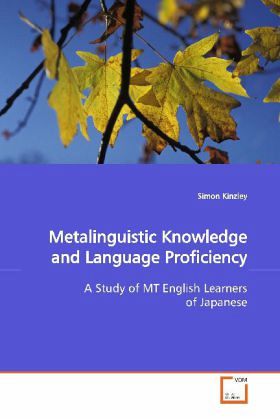
Metalinguistic Knowledge and Language Proficiency
A Study of MT English Learners of Japanese
Versandkostenfrei!
Versandfertig in 6-10 Tagen
32,99 €
inkl. MwSt.

PAYBACK Punkte
16 °P sammeln!
This book describes an ex-post-facto study of levels of formal and informal metalinguistic knowledge among MT (mother tongue) English learners of Japanese. It makes the case for ex-post-facto studies over experimental studies and then presents an investigation based on the use of a metalinguistic assessment test to establish whether or not there is any correlation between explicit knowledge about language and language proficiency. Issues discussed also include how such a test should be designed and administered and how it should be determined what items of metalinguistic knowledge should be lo...
This book describes an ex-post-facto study of levels
of formal and informal metalinguistic knowledge
among MT (mother tongue) English learners of
Japanese. It makes the case for ex-post-facto
studies over experimental studies and then presents
an investigation based on the use of a
metalinguistic assessment test to establish whether
or not there is any correlation between explicit
knowledge about language and language proficiency.
Issues discussed also include how such a test should
be designed and administered and how it should be
determined what items of metalinguistic knowledge
should be looked for. As such, the book should
prove useful not only for teachers and learners of
Japanese, but also for others researchers looking
for ideas on how to investigate the correlation
between metalinguistic knowledge and language
proficiency across many languages and in relation to
students of many linguistic backgrounds.
of formal and informal metalinguistic knowledge
among MT (mother tongue) English learners of
Japanese. It makes the case for ex-post-facto
studies over experimental studies and then presents
an investigation based on the use of a
metalinguistic assessment test to establish whether
or not there is any correlation between explicit
knowledge about language and language proficiency.
Issues discussed also include how such a test should
be designed and administered and how it should be
determined what items of metalinguistic knowledge
should be looked for. As such, the book should
prove useful not only for teachers and learners of
Japanese, but also for others researchers looking
for ideas on how to investigate the correlation
between metalinguistic knowledge and language
proficiency across many languages and in relation to
students of many linguistic backgrounds.



